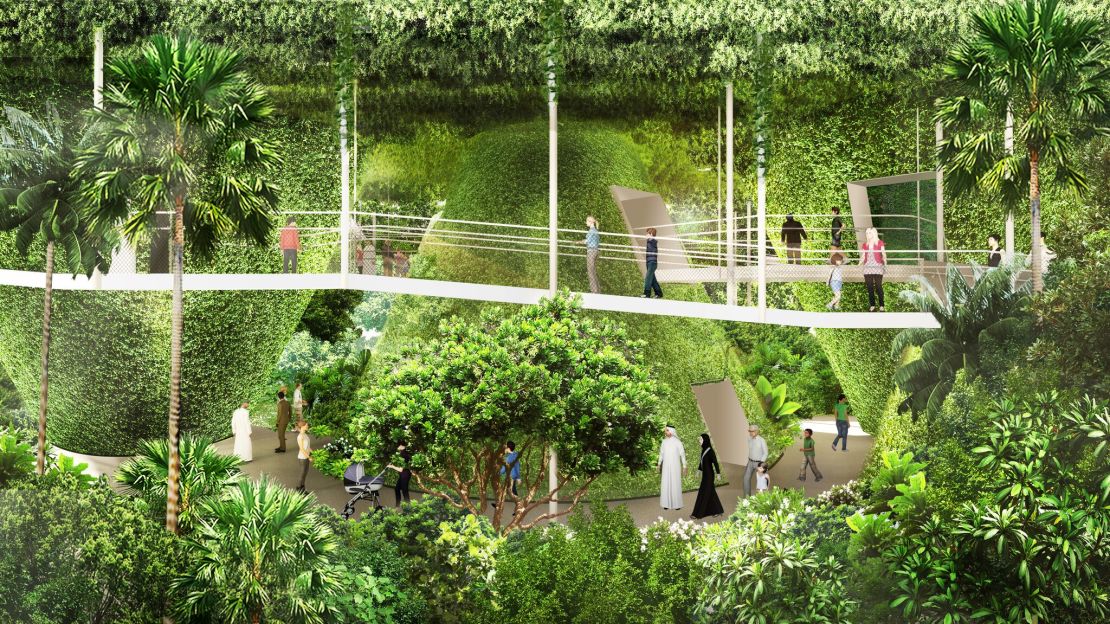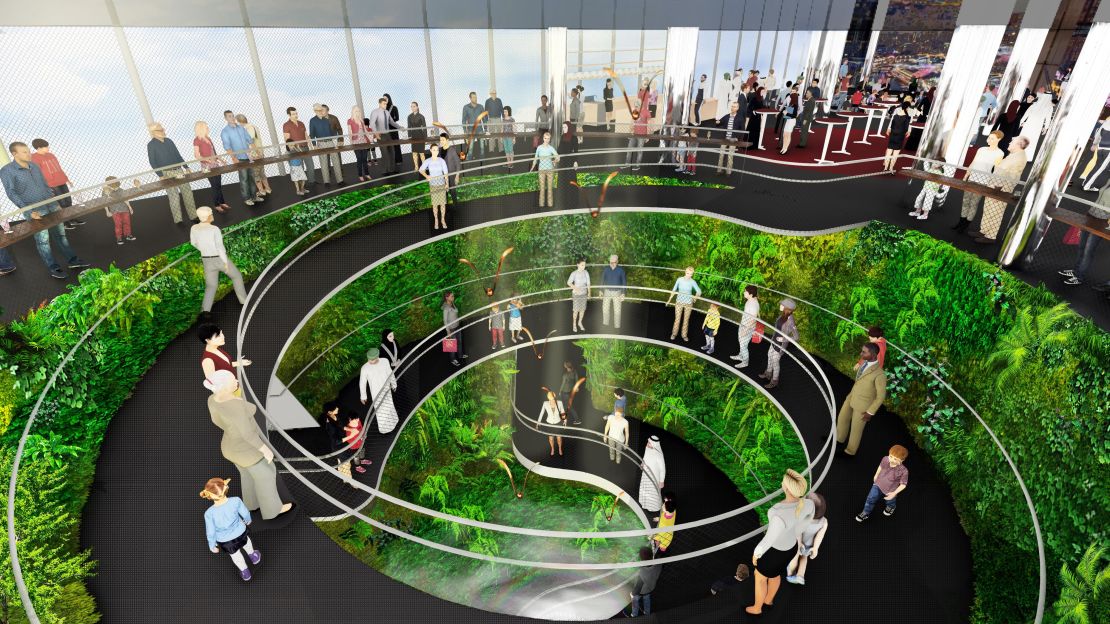Editor’s Note: CNN’s series often carry sponsorship originating from the countries and regions we profile. However, CNN retains full editorial control over all of its reports. Our sponsorship policy.
There are countless superlatives you can use to describe Dubai. But “lush,” “tropical,” or “verdant” would not be anywhere near the top of that list.
Now, one architecture firm has big ambitions to make a small corner of the emirate all of those things for World Expo 2020.
WOHA has been named as the designer of The Singapore Pavilion. It will sit on a 1,550 square-meter site located in the Expo’s Sustainability District, a 30-minute drive south of Downtown Dubai.
Singapore’s Urban Redevelopment Authority (URA) is leading the project that has one central goal: To create an oasis in the Arabian desert.
A city in a garden

The creative vision for the Singapore Pavilion is that of a dense, multi-layered three-dimensional greening space - a city that is set in a garden.
“With our design, we aim to show that it is possible to build a self-sufficient green oasis anywhere in the world, even in the desert,” says Wong Mun Summ, co-founding director of WOHA.
Visitors will be able to walk amid tropical trees, shrubs and orchids on the ground level. Above, a canopy walk connecting three cones draped in vertical greenery, creating a lush hanging garden.
“Singapore has been exploring many ways to become one of the greenest places in the world and we hope to share this knowledge and innovation at the World EXPO,” says Wong.
Look no further than the city-state’s iconic supertrees at the Gardens by the Bay. The towering steel structures vary from 25 to 50 meters in height and harvest rainwater for use in the gardens, and solar panels to generate power. Meanwhile in 2014, Singapore opened a 15-mile stretch of hidden parkland, known as the Green Corridor. This was a people-led movement to conserve the land which includes a disused railway.
A Greener Future

So how will Singapore’s pavilion get water for all that greenery? And how will they keep it from overheating even in the Dubai winter?
Well, WOHA says desalination systems powered entirely by solar panels will take care of irrigation, while a cantilevered roof will provide shade and cooling.
In fact, the aim is for the pavilion to be net-zero in energy over the six-month World Expo period.
WOHA says the design is inspired by the theme of “Nature. Nurture. Future.” It is a nod to Singapore’s journey towards growth, sustainability and resilience.
Organizers hope the pavilion will be an example for other cities to follow.
“We do not want over-engineered and complicated methods that are not practical and are difficult to replicate, because these solutions will not be viable nor sustainable. With this pavilion we want to show that sustainability is possible without compromising on the quality of life,” says WOHA’s Wong.

“Planting more trees and creating more green spaces is the best way to take immediate action against climate change – recent studies show it to be the most effective, cost-efficient and broadly available solution to combat global warming and it can be done now, anywhere,” he adds.
Take a tour of the planned Singapore Pavillion in this video:




























